
The temple treasures
The present-day complex dates back to 1788, having been founded in response to the plundering of the former Thai capital of Ayutthaya by the Burmese in 1767. A similar complex was destroyed at that time and recreated here.
Massage and funny foreigners Wat Pho is a famous place of learning. And instruction is not limited to monastic training. It has a renowned school of Thai massage, which combines Indian Ayurvedic, traditional Chinese medicine, and Southeast Asian innovations.
Wat Pho is a famous place of learning. And instruction is not limited to monastic training. It has a renowned school of Thai massage, which combines Indian Ayurvedic, traditional Chinese medicine, and Southeast Asian innovations.
One enters the complex through gateways guarded by huge Chinese statues, believed to have been imported as ballast aboard ships trading with China. The outer gates have fierce warrior figures, whereas the inner courtyards have the bizarre figures of farang (Western "foreigners") with their peculiar top hats, believed to represent the first European visitors to the East.
 Many of the inner courtyards are surrounded by a cloister containing over 400 sculptures of the seated Buddha. The main bot, the spiritual nucleus of the temple, is beautifully decorated with frescoes of rich landscapes in red and gold.
Many of the inner courtyards are surrounded by a cloister containing over 400 sculptures of the seated Buddha. The main bot, the spiritual nucleus of the temple, is beautifully decorated with frescoes of rich landscapes in red and gold.The biggest and most spectacular attraction of the complex however is the Hall of the Reclining Buddha, housing an enormous gilded figure of the Buddha entering final nirvana. It is over 160 feet long, filling the entire center of the chamber.
Feet, Why Feet?Wisdom Quarterly (ANALYSIS)
 In India and much of Asia, the feet are considered debased and dirty. The brahmins considered the filthiest peeople as being born of the soles of Brahma's feet. But even the lowest parts of a holy person are sacred.
In India and much of Asia, the feet are considered debased and dirty. The brahmins considered the filthiest peeople as being born of the soles of Brahma's feet. But even the lowest parts of a holy person are sacred.The Buddha had special feet. Not only were they soft, proportional, and beautiful, they bore many of the Marks of a Great Person (Sanskrit mahāpuruṣa lakṣaṇa, Pali lakkhana) he was famous for: He had "level feet" which were "pliant," with thousand-spoked wheel signs on them. His toes were finely webbed with full-sized heels, arched insteps, golden-hued, with soft and smooth skin, well-rounded soles, holding him erect and upright.
In addition to these major marks, there are 80 minors marks that include: beautiful, well-proportioned, tube-shaped toes, with rosy tinted toenails that are slightly upturned at the tips, smooth and rounded without ridges, with ankles that are rounded and undented, each foot of equal length giving him a beautiful and stately gait, like that of a king-elephant or king-lion or swan, a majestic gait, like that of a royal ox, led by the right foot when walking with skin that is unwrinkled, spotless and without lumps, unblemished, free of impurities, radiant, exquisitely sensitive to touch, with the scent of sandalwood.
 These features are not exaggerations or additions. They are documented characteristics that defined one as a World Monarch (chakravartin ruler) or Buddha. What they looked like or how important they are, that indeed is subject to exaggeration.
These features are not exaggerations or additions. They are documented characteristics that defined one as a World Monarch (chakravartin ruler) or Buddha. What they looked like or how important they are, that indeed is subject to exaggeration.But the signs themselves are spoken of in the ancient Vedas (Books of Knowledge) and the lore was familiar to brahmin priests who asserted their supremacy.
Warrior-caste (kshatriyas) Nobles vied with brahmins for supremacy when Siddhartha was born. Brahmin priests read these signs for the Buddha's father, warrior-caste King Suddhodana, to foretell the prince's great future.
 Throughout India and in many Theravada countries (Thailand, Burma, Sri Lanka, Khmer-Empire era Cambodia, etc.), the Buddha's feet are venerated. In Sri Lanka, for example, there is an imprint of the Buddha's foot at the top of Adam's Peak. (It is actually a very large carving). These depictions are embroidered with stories and signs, symbols of fortune and royalty.
Throughout India and in many Theravada countries (Thailand, Burma, Sri Lanka, Khmer-Empire era Cambodia, etc.), the Buddha's feet are venerated. In Sri Lanka, for example, there is an imprint of the Buddha's foot at the top of Adam's Peak. (It is actually a very large carving). These depictions are embroidered with stories and signs, symbols of fortune and royalty.The tradition of sacred feet extended to Jesus Christ (St. Issa, a.k.a. Yus Assaf, of formerly Buddhist Kashmir), whose burial site is marked by feet, a tradition unknown to Judaism and Islam. (Yes, good St. Issa, not having died on the cross, returned to India and is buried in a tomb now co-occupied by a Muslim figure and off-limits to Westerners).






















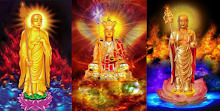



















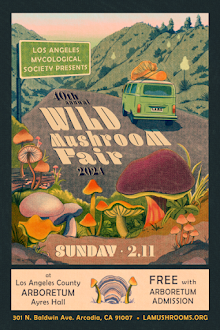




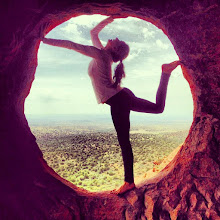
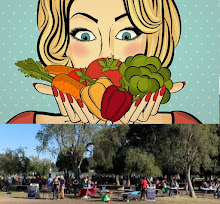


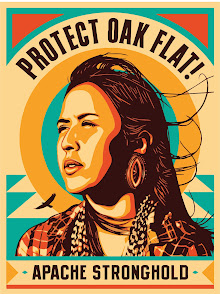





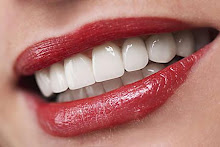
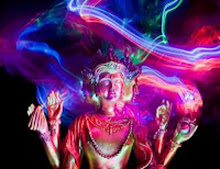


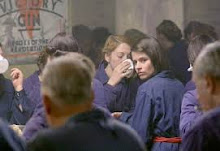






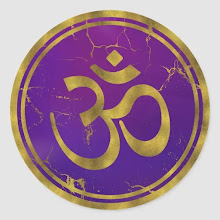
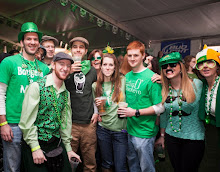















































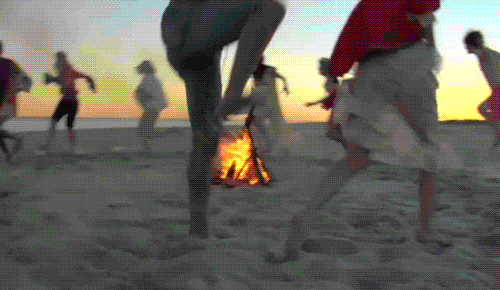





























































































































No comments:
Post a Comment